PsychNewsDaily Publishers
100 Summit Drive
Burlington, MA, 01803
Telephone: (320) 349-2484
PsychNewsDaily Publishers
100 Summit Drive
Burlington, MA, 01803
Telephone: (320) 349-2484
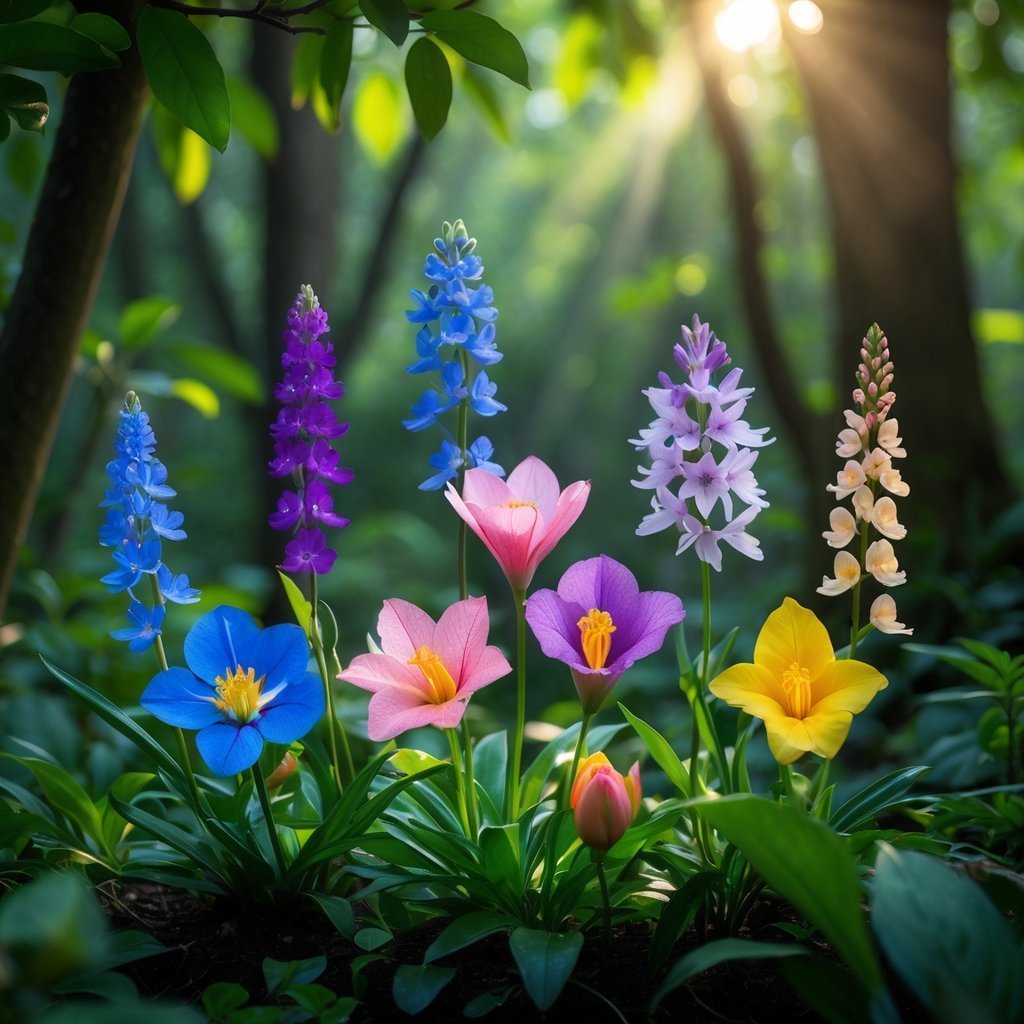
Flowers bring color and life to our world, but a surprising number of them could be gone for good if we’re not careful. If these delicate blooms disappear, we lose more than just beauty—we lose vital pieces of nature’s puzzle.
You might not realize it, but some flowers are teetering on the edge because of climate change, shrinking habitats, and the things people do every day. When we protect them, we’re also helping gardens, wildlife, and the balance of nature stick around for the next generation.
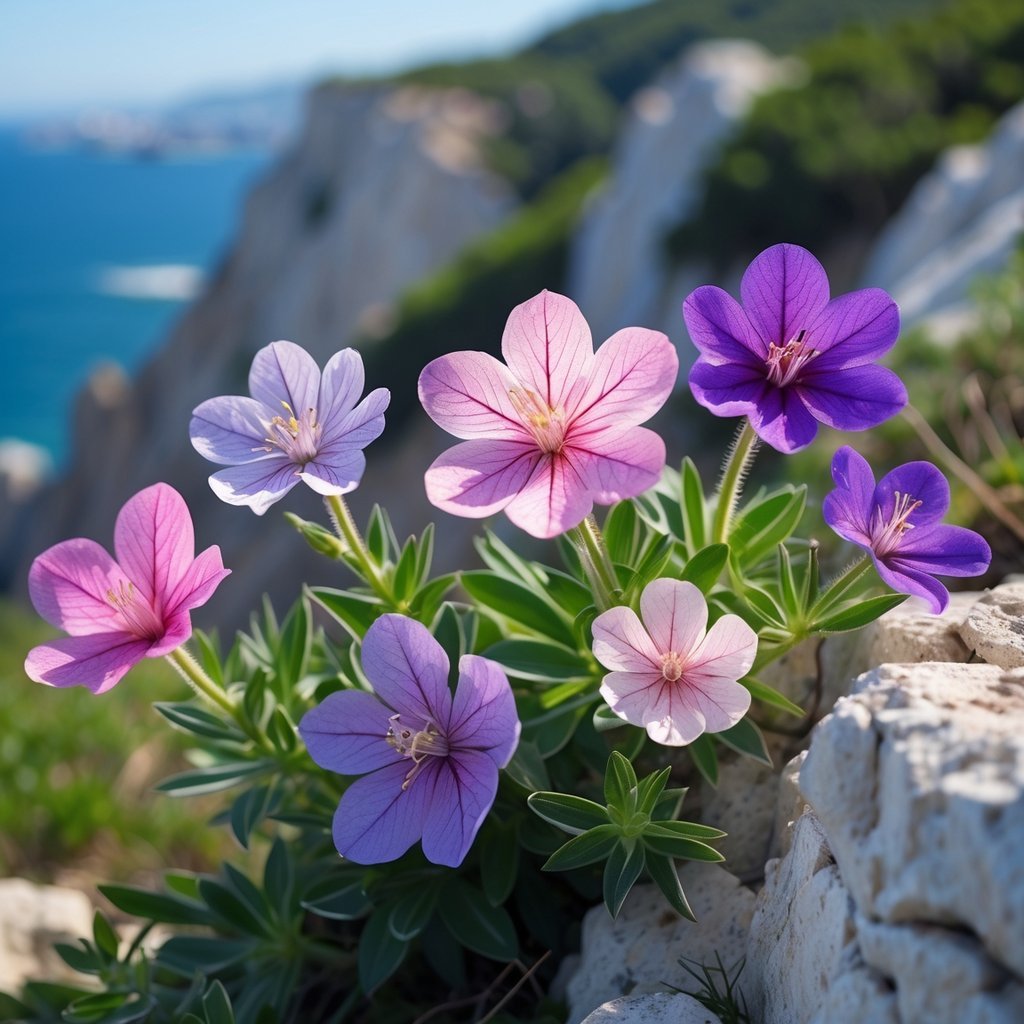
The Gibraltar Campion is a small, pink flower that only grows in Gibraltar. Seriously, you can’t find it anywhere else.
It’s a woody little plant, reaching about 40 cm tall. People thought it had vanished from the wild back in the 1990s, but a few years later, someone spotted it again.
Its bright pink to violet flowers really stand out. If you want to help, try telling others about the Gibraltar Campion.
Protecting its rocky home matters more than you might think. Just learning about this rare flower and caring about its future can help it stick around.
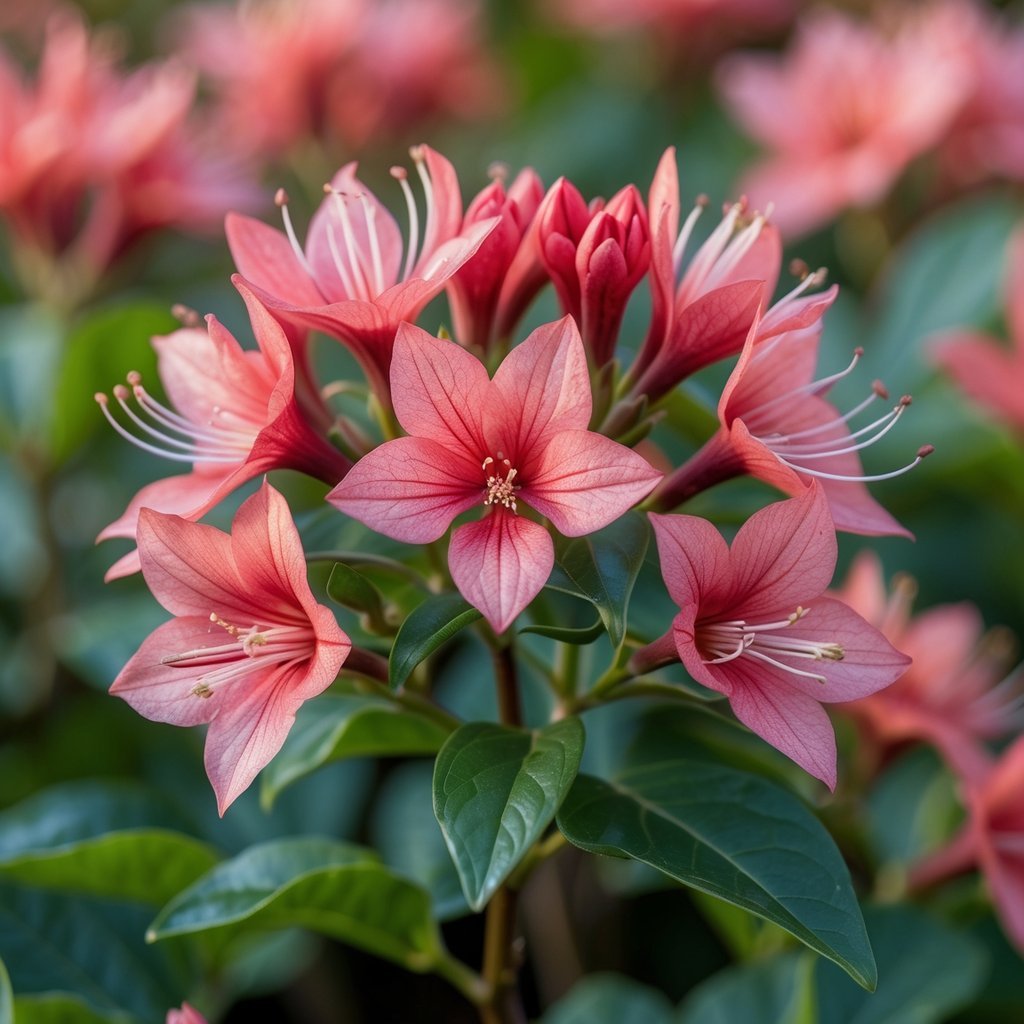
Middlemist’s Red is one of the rarest flowers out there—honestly, only two known plants exist. One lives in an English garden, and the other’s in New Zealand.
Its bright red petals are impossible to miss. This flower originally came from China, but someone brought it to Europe way back in the early 1800s.
It vanished from the wild, so these two plants are basically living relics. If you ever see Middlemist’s Red, you’re looking at a piece of history.
Protecting rare plants like this matters. Every bit of care helps keep nature interesting and beautiful.
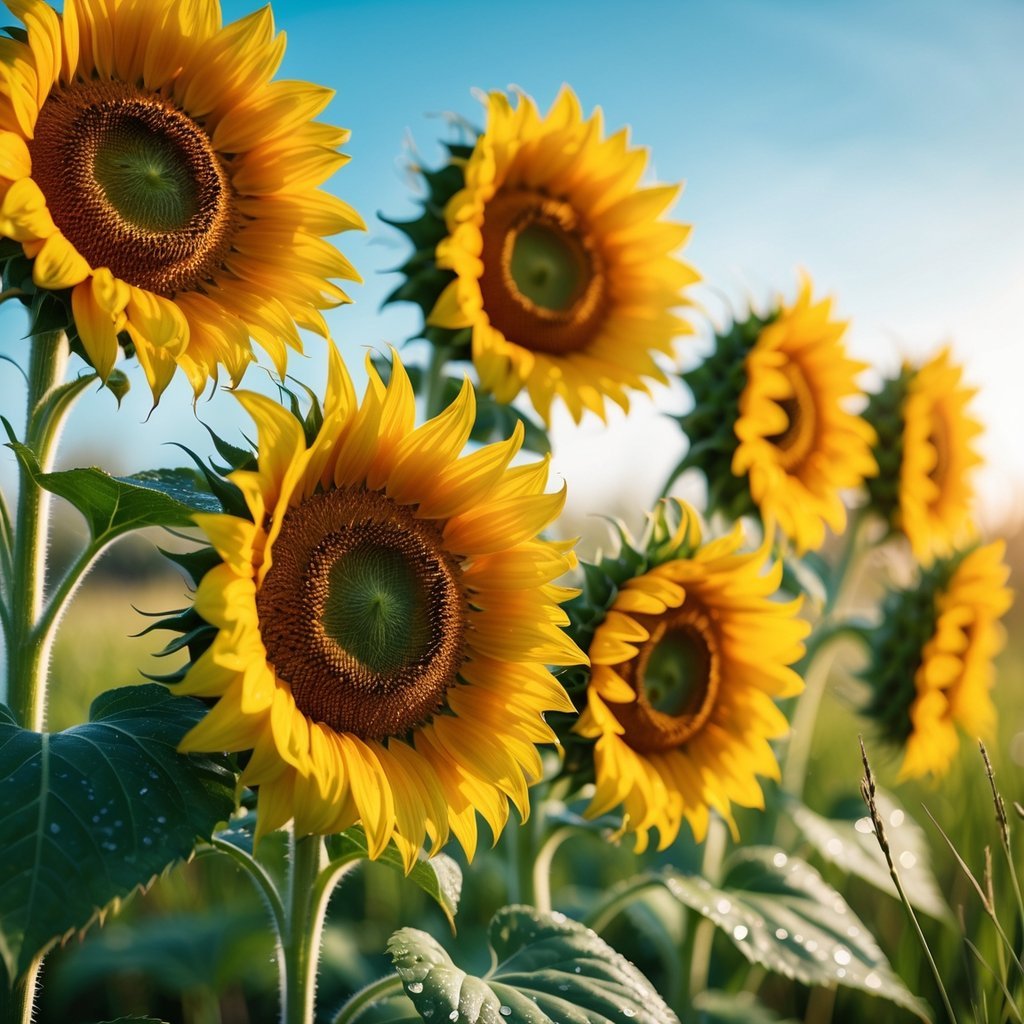
Sunflowers are those cheerful, sunny blooms that a lot of people love. They do more than just look good—they’re important for bees and other pollinators.
But not all sunflowers are safe. Some rare types face real threats from climate change and shrinking habitats.
If these sunflowers disappear, animals that rely on them could suffer too. You can help by planting sunflowers in your garden.
Learning about what rare sunflowers need can make a real difference. Protecting their wild spaces matters if we want to keep seeing these bright faces.
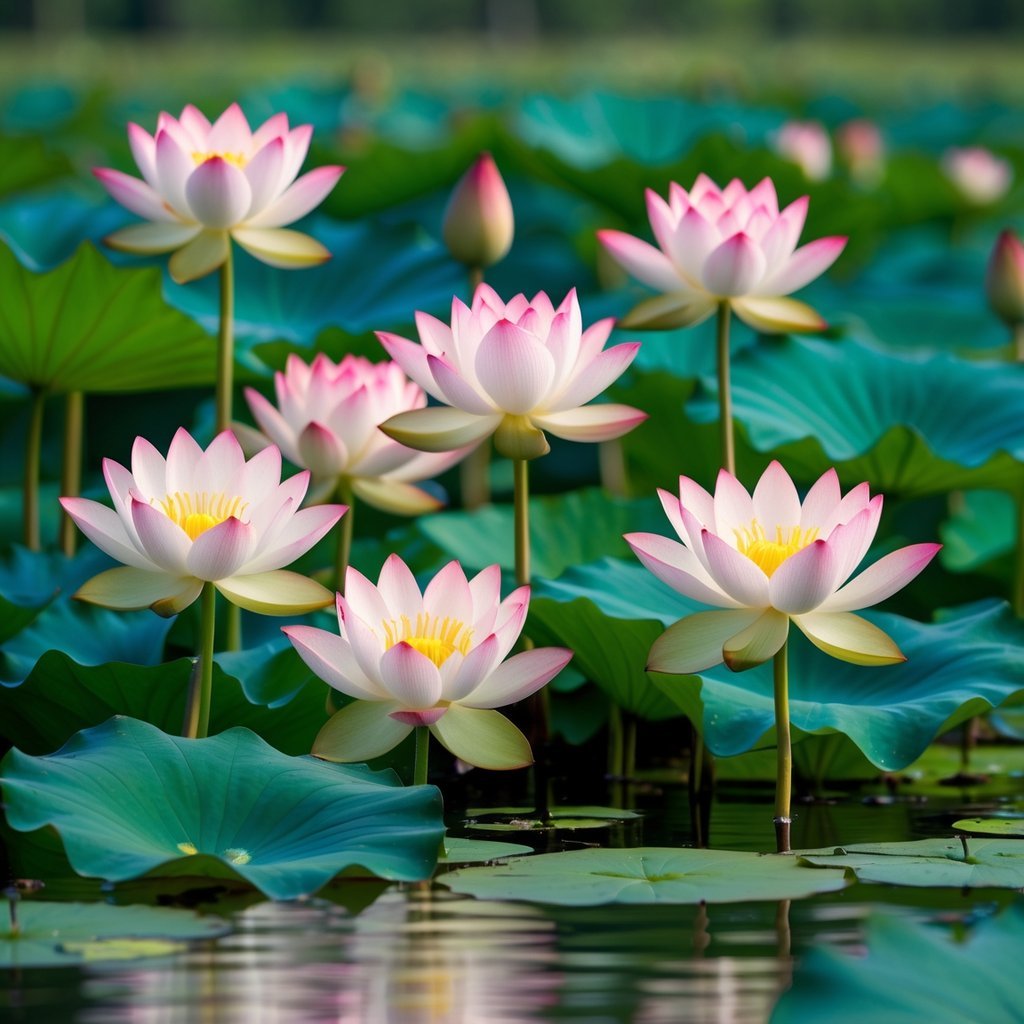
The American Lotus stands out with its big, round leaves floating above the water. Its pale yellow flowers can get pretty large—sometimes up to eight inches wide.
You’ll spot these blooms between June and September. The plant isn’t just pretty; it gives fish and birds a safe place to live in ponds and lakes.
Still, the American Lotus faces problems. It can crowd out other plants, and sometimes it struggles as its environment changes.
If you love spending time in nature, protecting the American Lotus helps keep waterways lively. Watching those yellow blooms open up is a good reminder of just how fragile our world can be.
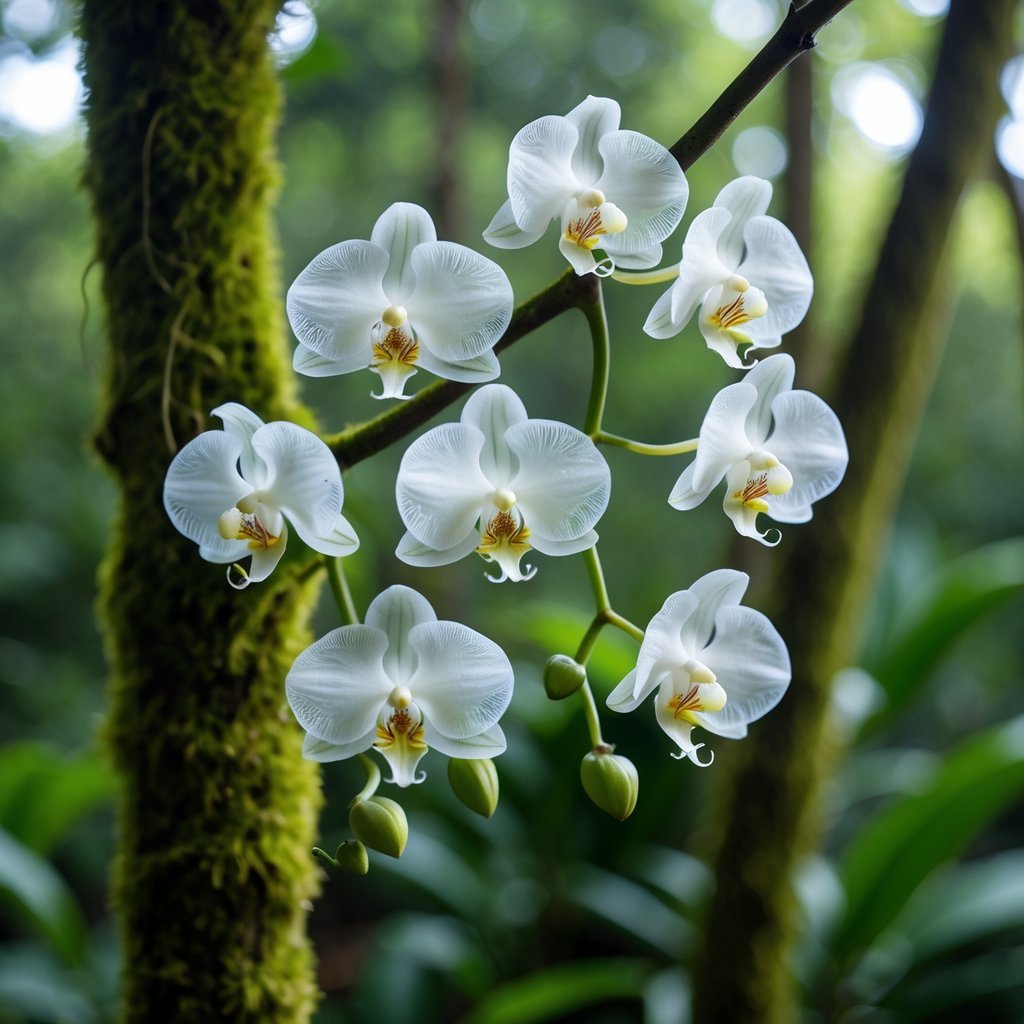
The ghost orchid isn’t easy to spot. It hides in Florida’s swamps and a few places in Cuba.
Its white petals almost seem to float in the air, which is honestly pretty magical. Fewer than 1,500 are left, and it needs specific fungi to grow—any changes to its home can hurt it quickly.
People are working to protect the ghost orchid right now. It may get listed as endangered soon, which should help.
Keeping this rare flower around means we’re helping nature stay in balance.
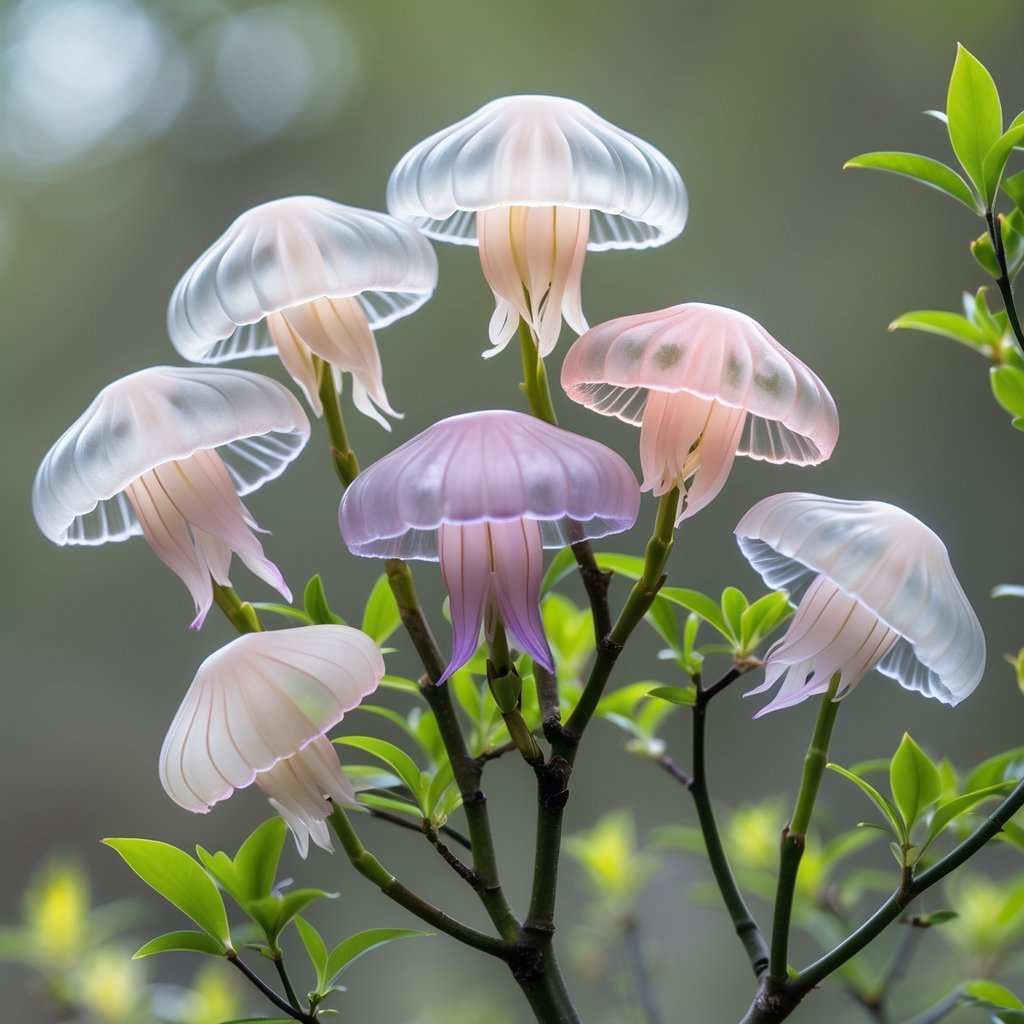
The Jellyfish Tree only grows on Mahé, a tiny island in the Seychelles. Believe it or not, just about 30 of these trees are left in the wild.
Its flowers dangle from the branches and really do look like tiny jellyfish. The tree makes a lot of seeds, but you rarely see new baby trees growing on their own.
Supporting efforts to protect its habitat can help. This strange and wonderful tree needs our attention if we don’t want to lose it forever.
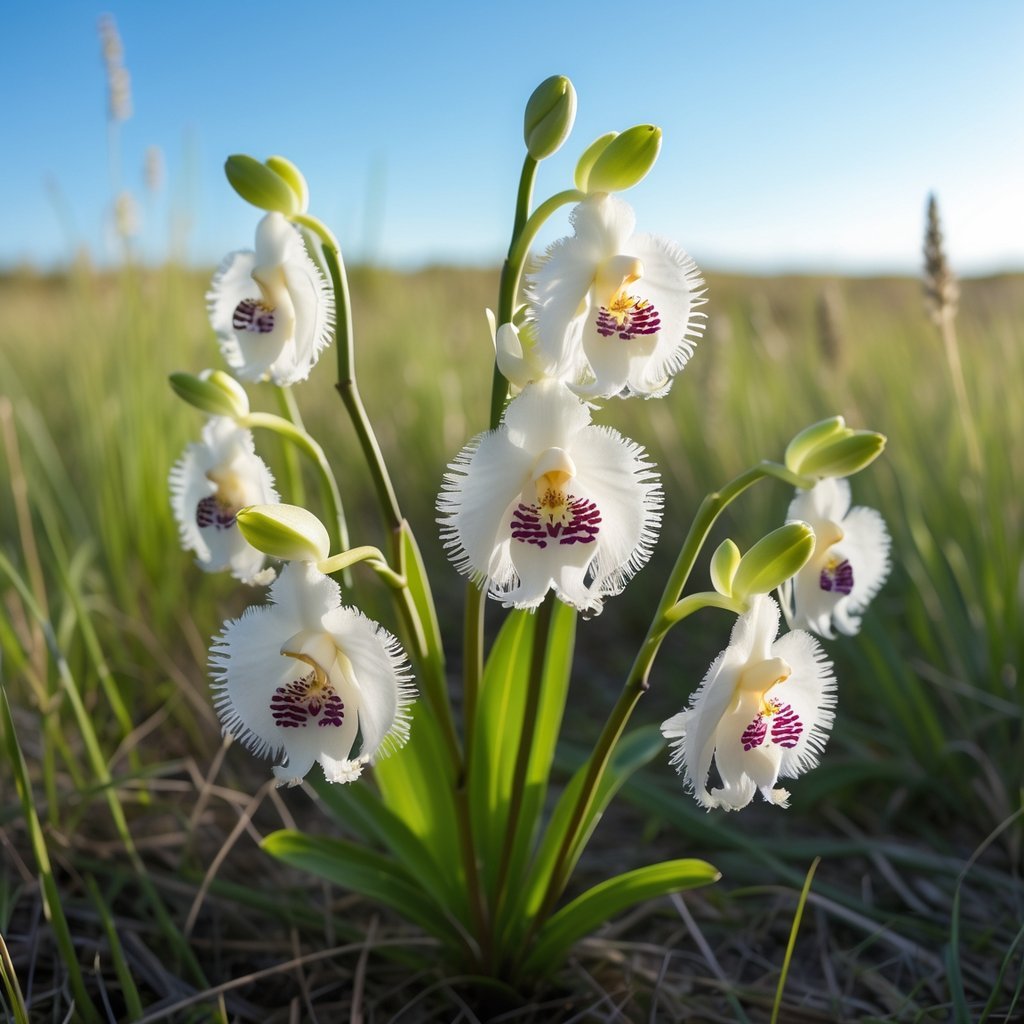
You might spot the Western prairie fringed orchid by its tall, sturdy stem. Its big white flowers really stand out.
Each flower has a long nectar spur. At night, they give off a sweet scent that draws in moths—the orchid’s main pollinators.
This orchid grows in tallgrass prairies. Sadly, those prairies have mostly disappeared.
Farming and land development have shrunk its home. Now it’s tough to find this rare plant.
If you ever come across this flower, you’re seeing something special. It’s a reminder that we need to protect what’s left of its prairie habitat.